Utilizing the example package code in ggpubr, the ggdotchart function does not create separate segments as is shown in the example, instead there is only a single segment, though the dots seem to be placed in the correct orientation. Does anyone have any tips on what the problem may be? I've thought it may be due to factors, tibbles vs. df, but I haven't been able to determine the problem.
Code:
df <- diamonds %>%
filter(color %in% c("J", "D")) %>%
group_by(cut, color) %>%
summarise(counts = n())
ggdotchart(df, x = "cut", y ="counts",
color = "color", palette = "jco", size = 3,
add = "segment",
add.params = list(color = "lightgray", size = 1.5),
position = position_dodge(0.3),
ggtheme = theme_pubclean()
)



